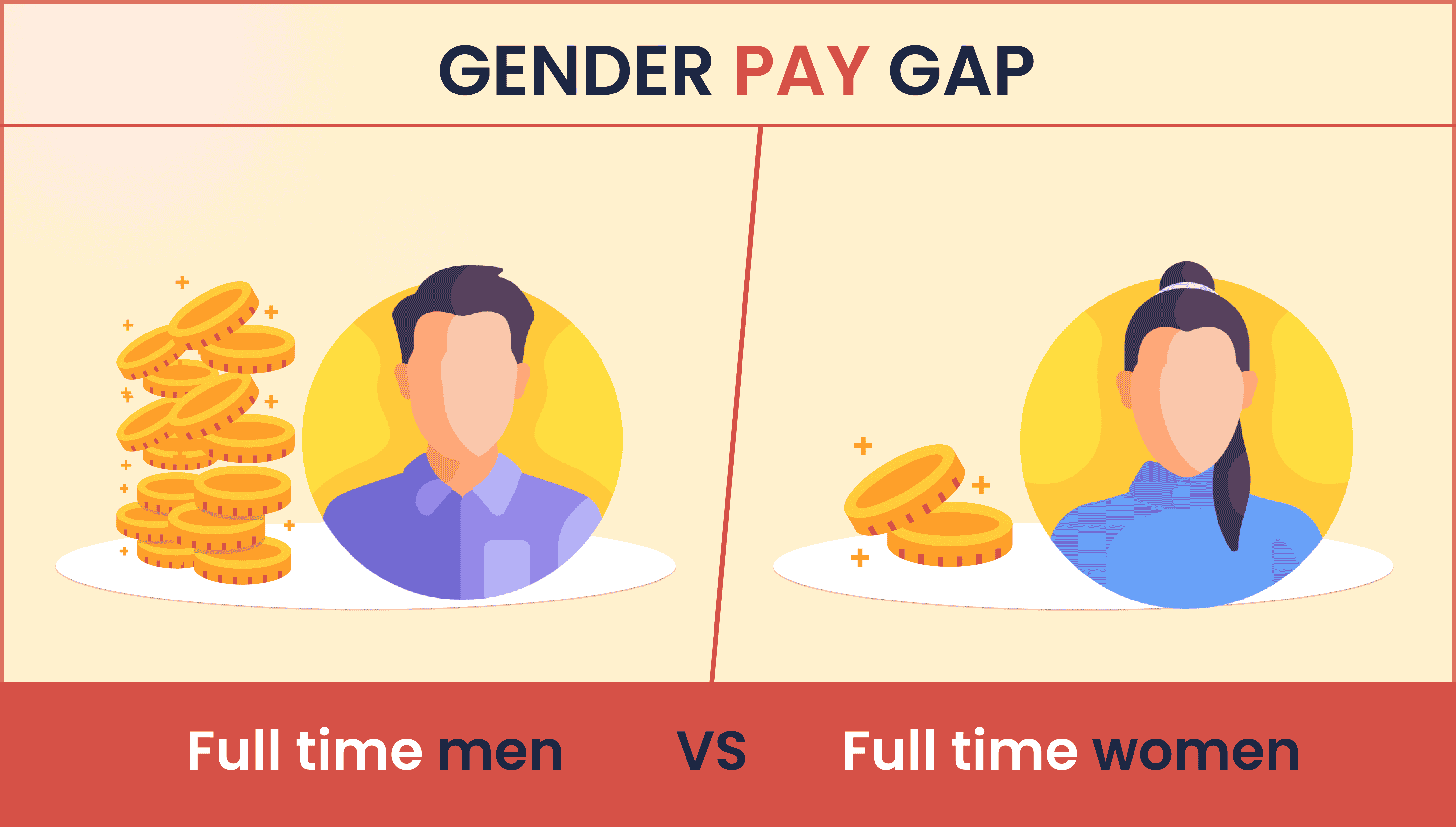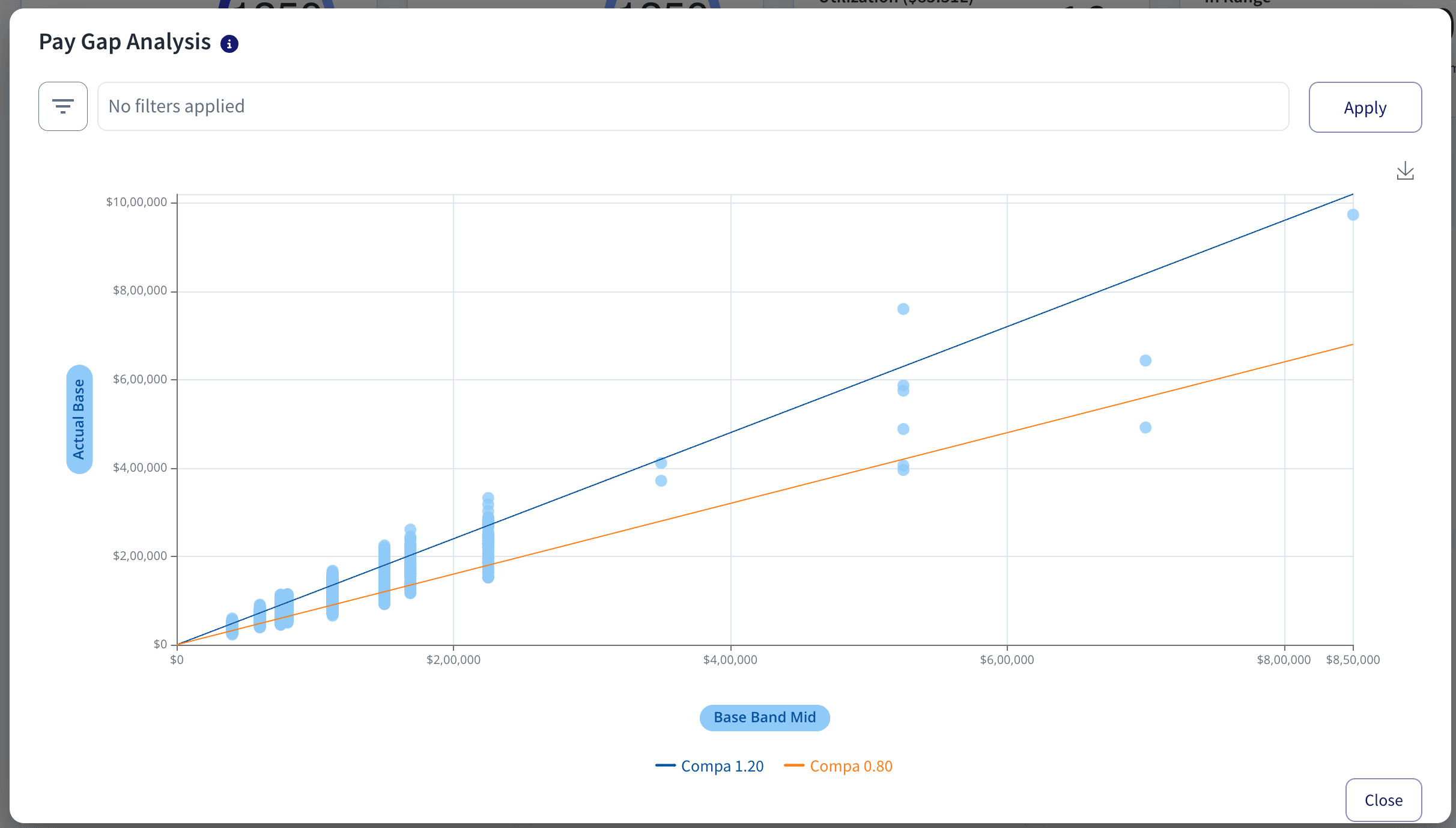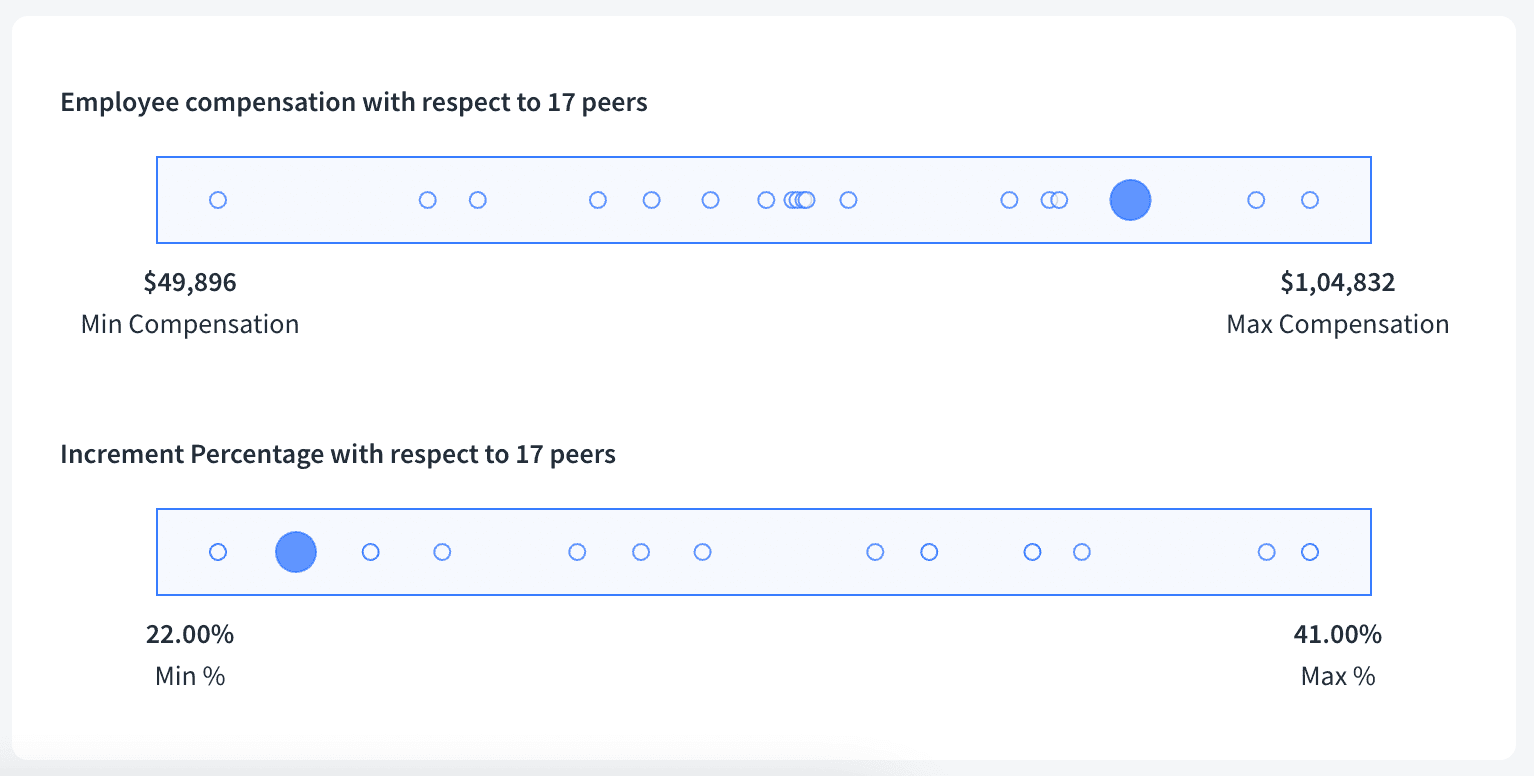
The World Economic Forum has predicted that closing the workplace gap could still take an astounding 257 years at the present rate of development in countries around the globe. Understanding the statistics, it can also be noted that women in India, on average, earn Rs 39.8 for every Rs 100 earned by men, clearly making it a global concern.
This doesn't just reflect on the societal inequality that women face but also how it impacts the growth of a business and the morale of an employee. Companies that strive to close this gender pay gap are often seen to have more employee satisfaction, engagement, and greater innovation.
So, addressing the pay gap is a pivotal part of the journey towards embracing diversity within the company office. And how do we do that? Embrace diversity in your workplace.
Let’s understand.
The meaning of the gender pay gap is the monetary pay gap that is observed between the two genders, men and women. The pay gap entails the stark difference in payment to women when compared to men even when they are working in similar job roles.
This is calculated ideally with the percentage of male earnings and also reflects upon the primary difference in earnings between the genders for the same or similar roles. The overlooked inequalities that women face in these job roles and how it affects women's earnings throughout their career growth highlight the fewer opportunities that they get in advancing their careers.
These differences in earnings are attributed to several factors, like educational qualification, role-specific additional skills, number of years of experience, and more. But a good amount of this pay gap in earnings still remains as part of the stereotypical biases and patriarchal dominance.
Such discrimination among employees is unfair, and globally it is still as prevalent. Though the size of the gap does vary from one country to another.

It is rather well known that the gender gap originates from the stereotypical and patriarchal mindset of society, and it is a blend of other such cultural and organizational factors like:
The industries remain gender-segregated because if we attempt to understand how they are segregated, there is clarity on the division of women in jobs that are low-paying and their underrepresentation in job profiles that are high-paying; for example, the tech and finance industries are both high-paying, yet we see lesser women in these industries further enunciating the occupational segregation.
It is instilled in our belief system that women are more likely to fit into caregiving roles rather than careers that give them great career advancement opportunities. As a result of which, they are thought to be more morally inclined to take career breaks, which in turn affects their ability to earn and hampers continuity as well.
Bias based on gender in promotions and raises is a common thing seen in the workplace today. It happens even in performance appraisals and other leadership positions where women are overlooked, and their male colleagues are given preferential treatment.
This has become an increasingly popular way that organizations and their pay structures are simply not transparently communicated to women employees. Which also sometimes makes it difficult for employees to understand if they are being paid fairly. This also encourages pay transparency.
The gender stereotypes still continue to this day; when it comes to competence, it still affects the hiring process, salary negotiations, and women facing all of these biases and having their pay affected by them, all of which are unfair but are also belief systems that most people refuse to let go of.
We do know that the gender pay gap is definitely unfair, but it's also important to understand how it really affects the employees. Some significant consequences of which are:
If women are paid less compared to their male colleagues, it is ardently clear that their careers may face significant financial instability. As a result of which, they would definitely have fewer retirement savings and simply less money earned in their lifetime.
Demotivated employees are never good for a company that aims to build itself as a great company. Pay disparities can certainly impact the way these employees view the company. This decreases everything that a company aims to achieve employee satisfaction, engagement, and loyalty.
Such pay gaps significantly hinder the career growth of women. The gap not only affects immediate earnings that women get but also long-term plans they make for themselves. Since women will be less likely to be considered for such leadership roles or high paying positions.
It is rather obvious that such pay inequality would lead to a sense of unfairness among the employees. This can also further hurt employee relationships and the overall organisational culture.
So, it is important to take measures to encourage more women in the workplace by completely dealing with the gender pay gap issue. This requires methodical and systematic action, and these actions include:
Regular reviewing of salaries and benefits can be another effective way of ensuring that the compensation structures do not have any disparities or discrimination on the basis of gender or other. These audits help with creating a more structured means to deal with gender pay gaps.
Ensuring that there is a transparent system of pay and pay structure helps employees access salary ranges and the criteria with which they are given their promotions, all of which are ensured to be fair.
Ensures more equal access to the promotions, roles, and other development opportunities, which will ensure that capable and competitive employees get to move ahead in their career through all of these opportunities and helps oppose the observed pay gap.
Offering employees flexible hours of work and parental leave will allow women to meet the moral responsibilities that are expected of them and also allow women to have a balanced career without having to sacrifice their career.
The evaluation criteria should have an already decided standard, and to avoid any form of gender bias, such standardized means of performance reviews help us avoid just that.
Giving women the opportunity to have sponsorship opportunities or mentors to guide them will help them get out of their restrictions and encourage them to navigate the challenges in their career with more ease and get to those high-salary roles as well.
CompUp can most certainly help you do just that: embrace diversity in your workplace. It plays a pivotal role in addressing such pay gaps and articulating ways to deal with them effectively.
CompUp has a comprehensive pay gap analysis dashboard that helps you study the pay disparities like the gender wage gap currently existing within your organization to help rectify them.

CompUp helps companies perform pay audits with more ease and transparency, for this process offers insights about compensation trends and helps clearly identify if there are any pay gaps, and such data-driven insights are of great assistance and use.

CompUp also ensures that all employees, irrespective of their gender, will all be able to know their pay transparently, also having options for peer comparison.

Closing the gender pay gap is not only a moral imperative but also a business necessity in today’s competitive world. Embracing diversity, ensuring fair pay, and creating inclusive workplaces can drive innovation, boost employee engagement, and enhance overall performance.
Organizations that prioritize equal pay will not only attract top talent but also foster a culture of fairness and inclusivity.
Sign up today for your free trial of CompUp and start taking that first step towards creating a more structured strategy to avoid the gender pay gap!
Revolutionizing Pay Strategies: Don't Miss Our Latest Blogs on Compensation Benchmarking